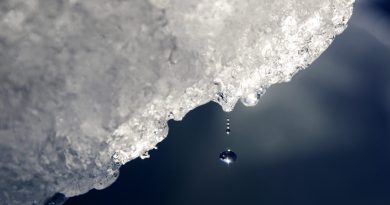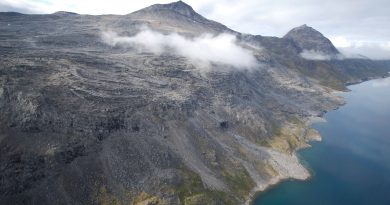What Arctic ice can tell us about plagues, climate and conflict in the Middle Ages
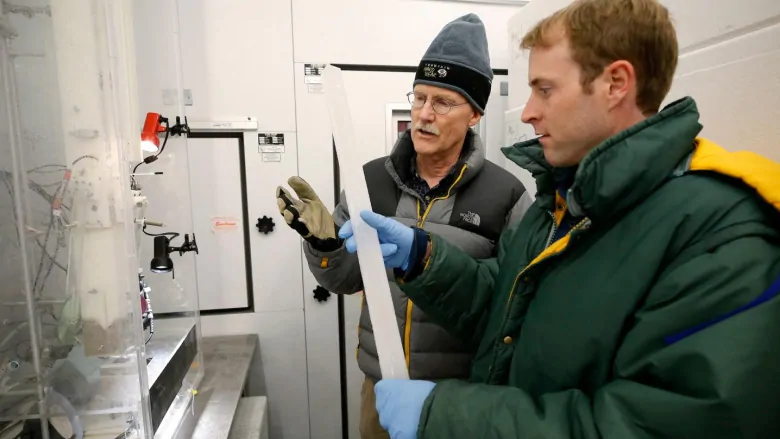
New research is revealing how plagues, wars and the climate affected the economy of Medieval Europe. But researchers didn’t find this information in the pages of an ancient book — it came from deep in Arctic ice.
The study published in the Proceedings of the National Academy of Sciences details how lead emissions stored in 13 ice cores from Greenland and the Russian Arctic compare with historical events. The pollution dates from years 500 to 2010, spanning the start of the Middle Ages through the Modern Period to the present.
“It’s pretty amazing to think that pollution got there that early,” said lead author Joe McConnell, a research professor with the Desert Research Institute in Reno, Nevada. “It really drives home how interconnected the whole planet is, what we do in the mid-latitudes affects the Arctic and you really can’t get away from the pollution in the mid-latitudes.”
The team of researchers — which included atmospheric scientists, archeologists and economic historians — found increases in lead concentration coincided with periods of expansion in Europe, new technologies, and economic prosperity.
Meanwhile, decreases matched with climate disruptions, wars, plagues and famines.
Lead pollution up 250 to 300-fold, researcher says
McConnell gave the example of the Black Death plague, which killed an estimated 60 per cent of the European population in the 14th century and was followed by a century long drop in lead pollution.
“At first that surprised me and the historians because it was so long but then, if you think about it, if the population drops by half it might take five generations or four generations for it to recover so maybe it makes more sense than first meets the eye.”
Overall, the study says lead pollution increased 250 to 300-fold from the early Middle Ages to the 1970s.
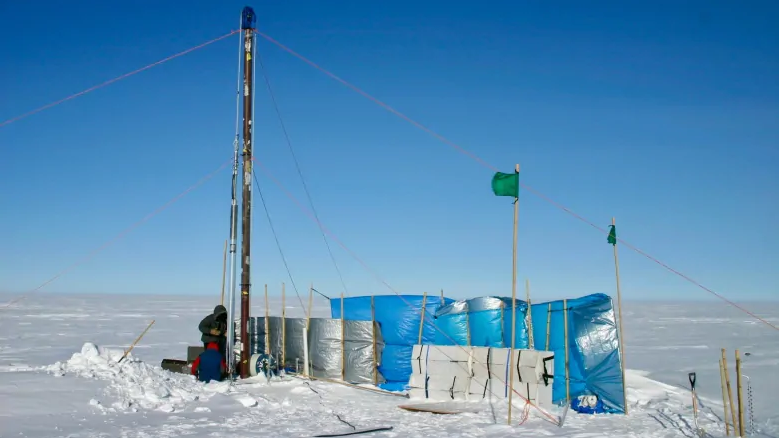
“To see the impact of their emissions, see the impact of industrialization, the discovery of a lot of the technology that we rely on today and to see it all in one graph and see this 300-fold increase in lead pollution in the Arctic is pretty astounding,” McConnell said.
The study says lead emissions did drop by more than 80 per cent in the 1970s when pollution abatement policies like the Clean Air Act in the U.S. were introduced. But today, emissions are still about 60 times higher than in the fifth century.
McConnell explained a small fraction of lead pollution from the mid-latitudes ends up in the Arctic by travelling on wind currents and they used state-of-the-art modelling to determine where it came from. He noted commercial and industrial activities from the making of ancient Roman coins to the modern burning of fossil fuels have caused lead emissions for thousands of years.
“It’s a long way away, so it’s thousands of kilometres from the sources, so we tend to see the impact of large-scale emissions,” he said.
“You know when you’re talking about a 300-fold increase, it’s a pretty big change to see.”
Researchers were able to determine the age of different sections of an ice core, he added, as the chemistry of snow is different in the summer than the winter.
“We drill the ice core and just count them backwards just like you would tree rings,” he explained.
“We can go back tens of thousands of years this way in some ice cores.”
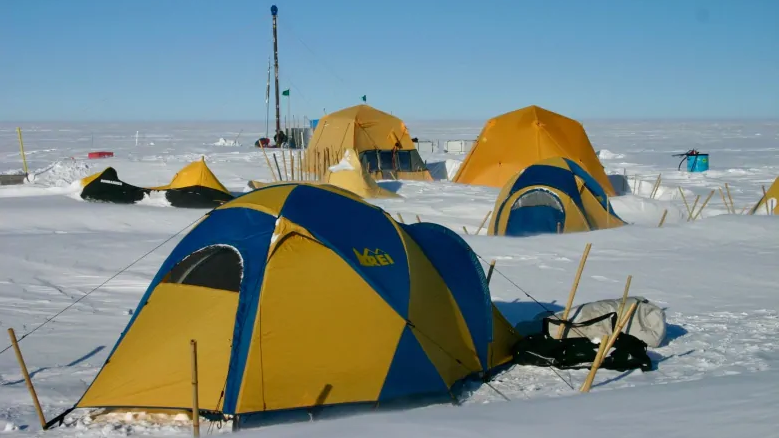
The findings build on a previous study published in 2018 by some of the same researchers. It looked at lead pollution in a single core from central Greenland dating from 1100 BCE to 800 CE, which includes the Greek and Roman empires and European Antiquity.
McConnell says they hope to look next at ice cores from sites in Alaska and Canada. They are also collecting an ice core in Greenland next year that will date back 4,000 years to the Bronze Age.
“So we can see what Egyptians were doing to the environment.”
Related stories from around the North:
Canada: Research mission aims to better understand climate change in Arctic Canada, CBC News
Finland: New climate studies program coming to schools in Finland, Yle News
Greenland: Greenland ice cores reveal historic climate clues, says study, Eye on the Arctic
Norway: Temperatures on Svalbard have been above normal for 100 straight months, The Independent Barents Observer
Russia: Russian and American scientists team up to study Arctic Russia’s weakening sea ice, The Independent Barents Observer
Sweden: Swedish icebreaker heading for North Pole to study melting sea ice, Radio Sweden
United States: Hunters race to adapt to shrinking sea ice in Alaska, Alaska Public Media

